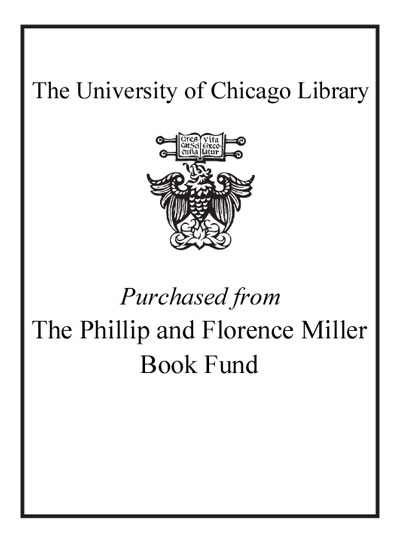Review by Choice Review
Pity the knight-errant editor of a style manual: each time a new publication type is slain (the blog, the vlog, Twitter), a new format raises its hydra-like head. Six years in the making, this new edition of the MLA Handbook (4th ed., CH, Oct'95, 33-0646) dispatches several newfangled dragons successfully, in the clear and highly readable prose that has graced editions since the release of a simple style sheet in 1951. Several significant changes in documentation style were originally announced in last year's third edition of the MLA Style Manual and Guide to Scholarly Publishing (CH, Nov'08, 46-1235). These changes include the abandonment of print as the "default" medium (each citation now must indicate the format of the work being cited), the addition of a requirement for issue number and volume, and the decision to allow URLs for online sources to be optional in citations. New formats such as graphic narratives (toons and strips) and digital files also make a first appearance. Chapters 1-4, covering, respectively, research and writing, plagiarism, the writing process, and paper formatting, have been updated with more emphasis on and examples of electronic resources. The citation examples are explained in some detail, and multiple examples are given for each publication type; particularly helpful are illustrations showing where elements of a citation appear in print and electronic sources. The editors wisely have dropped somewhat extraneous sections on selected reference sources by subject area and on alternate citation formats.What this new version has lost in pages it has gained in bytes. Each print copy comes with a unique code that unlocks a companion Web site . The site offers the full, searchable text of the Handbook, as well as three case studies showing the research and writing process and citation styles appropriate to each project. The MLA does not currently offer site licenses for this content; instead, the site suggests that librarians or instructors can use their personal codes to unlock the content in teaching situations. This textbook model of an individual login tied to a paper copy is a bit awkward for libraries and writing centers to manage, though the MLA is to be lauded for offering very low-cost access to the online format. At any cost, the Handbook is an indispensible, well-crafted update of an indispensable reference source. Summing Up: Essential. Lower-level undergraduates through faculty/researchers; general readers. B. Juhl University of Arkansas, Fayetteville
Copyright American Library Association, used with permission.
Review by Booklist Review
This fourth edition of a publication based on the "MLA Style Sheet," begun more than 40 years ago, includes a great deal of information about using and citing electronic sources. Designed as a "comprehensive picture of how research papers are created," the handbook was last published in 1988. It will be used by researchers from high school and up. It is aimed at students; The MLA Style Manual (1985) is aimed at scholars. The handbook takes readers through the research paper process step by step, and includes information on narrowing the topic, outlining, note taking, etc. Before dealing with such mechanics of writing as spelling, punctuation, and format, the manual covers the use of catalogs (online and paper), indexes, and databases in the library and offers a list of some standard print and electronic reference works. The sections on documentation in text and citations seem to include every type of source and possible variable. The work concludes with abbreviations for terms used in research, reference sources by subject, and some examples of other styles of documentation. Examples within each section are printed in a font different from the explanatory text, a feature that allows the user to easily find the appropriate format. Chapters are divided by subtopics with numeric denotation; an index makes topics easy to find. Public and academic libraries should update their style manuals with this edition because of the inclusion of electronic sources, portable and online. High schools that use the MLA style should also include it in their library collections. (Reviewed July 1995)
From Booklist, Copyright (c) American Library Association. Used with permission.
Review by Library Journal Review
Now a standard for students throughout the U.S., the original style sheet was published in 1951 and the first edition in book form appeared in 1977. This newest edition has been expanded to cover electronic searching methods, using computers to write research papers, and citing electronic publications. An excellent section on library use clearly explains paper and online catalogs. While there is no comparison of different word-processing programs, computers are touted as making the research writer's job much easier by combining steps and allowing movement between outlines and drafts. The new section on citing electronic formats is done well and with common sense; more than once, the reader is told that if complete information cannot be found, cite what is available. This new edition of a standard style handbook should be in every library.Lisa J. Cochenet-Cihlar, Winfield P.L., Ill. (c) Copyright 2010. Library Journals LLC, a wholly owned subsidiary of Media Source, Inc. No redistribution permitted.
(c) Copyright Library Journals LLC, a wholly owned subsidiary of Media Source, Inc. No redistribution permitted.
Review by Choice Review
Review by Booklist Review
Review by Library Journal Review


